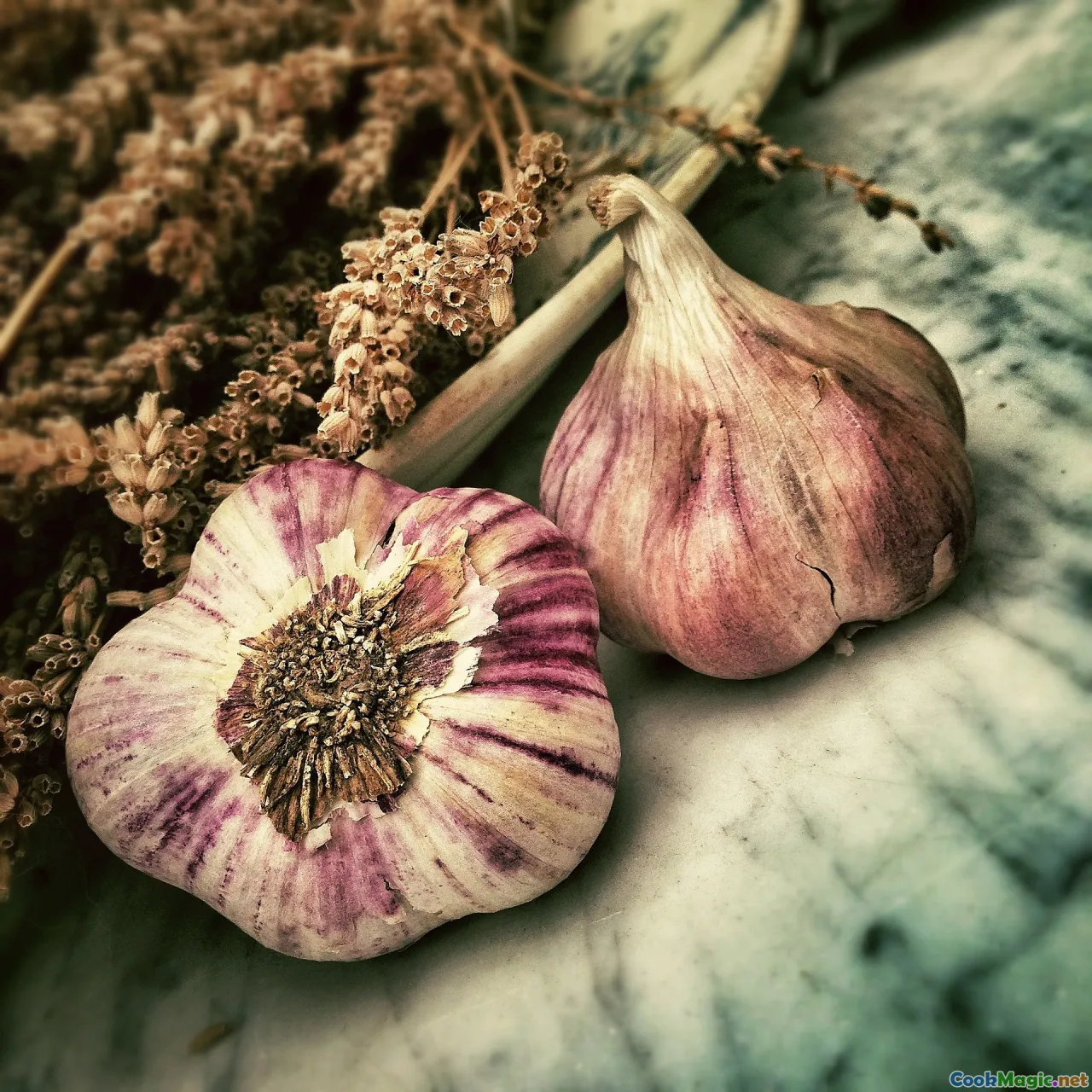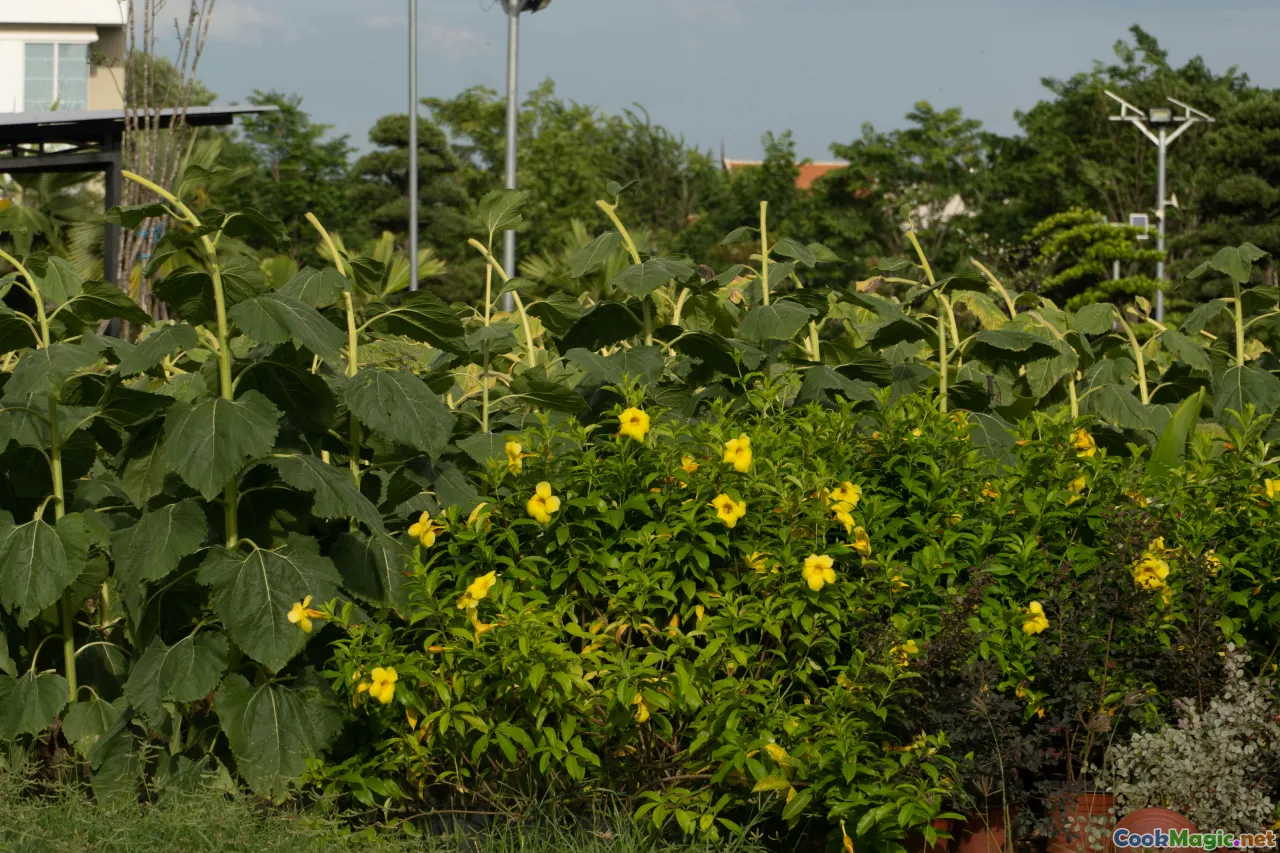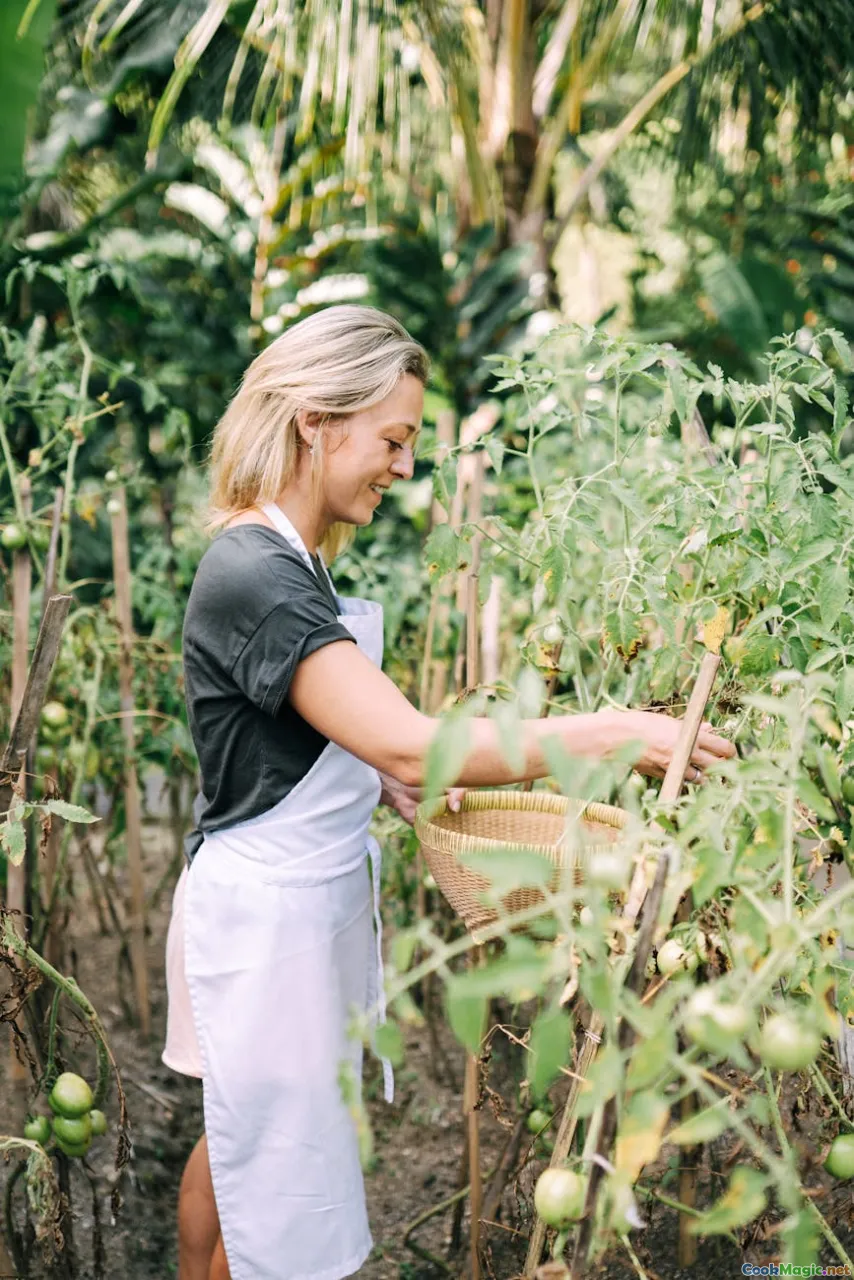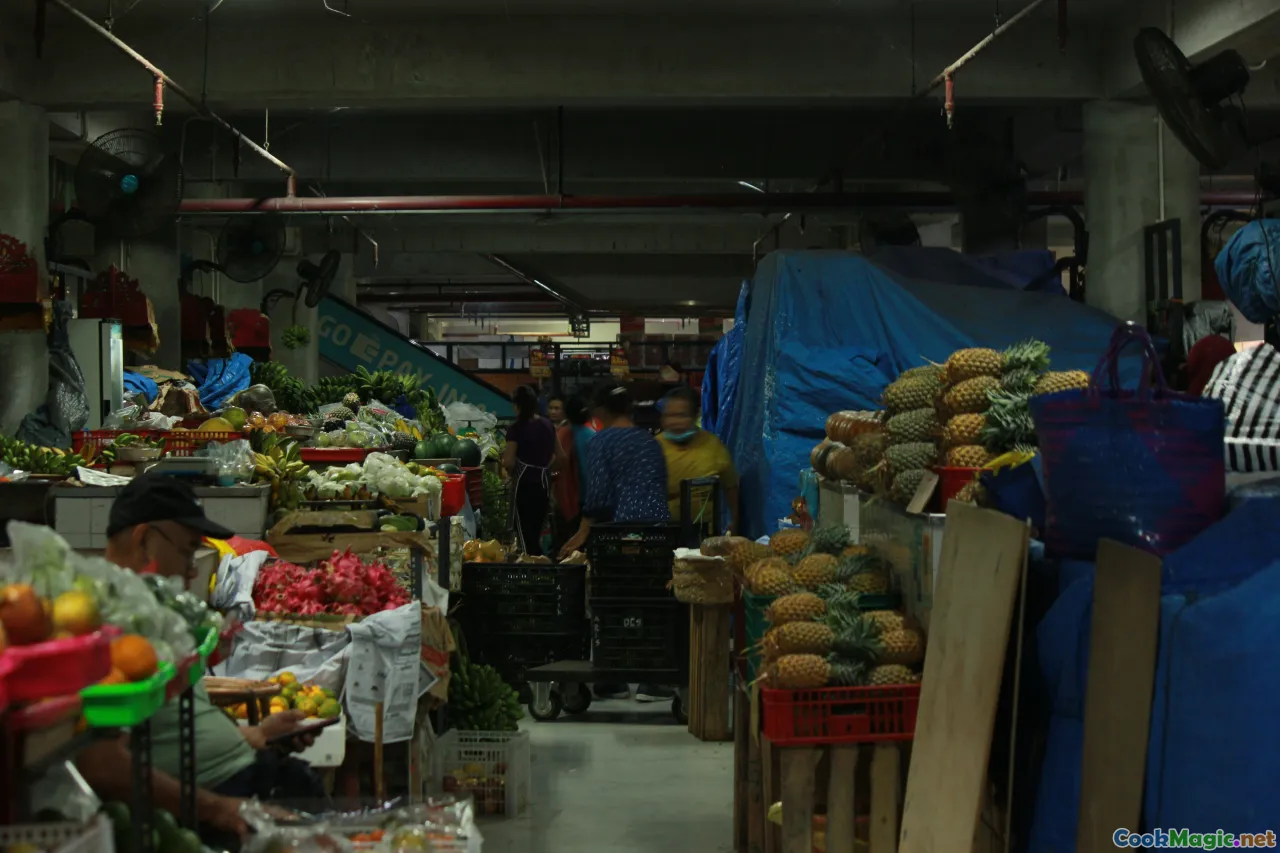Seasonality and Vegetable Use in Ghanaian Dishes
11 min read Exploring how seasonal vegetables shape authentic Ghanaian dishes and influence flavor profiles throughout the year. September 09, 2025 00:05
Seasonality and Vegetable Use in Ghanaian Dishes
Ghanaian cuisine is a vibrant mosaic of flavors, colors, and textures that reflect its rich cultural tapestry and agricultural abundance. Among the many elements that infuse Ghanaian dishes with depth and authenticity, seasonal vegetables hold a special place. They connect the land to the plate, dictating not only what’s fresh and available but also shaping traditions, enhancing flavors, and evoking a sense of identity and continuity.
In this journey through Ghanaian culinary landscapes, we’ll explore how seasonality influences vegetable use, how this shapes the taste and appearance of beloved dishes, and the cultural stories that flourish around these seasonal treasures.
The Heartbeat of Ghanaian Agriculture: Embracing Seasons
Ghana’s climate, characterized by a warm tropic, shapes a calendar of planting and harvest that is deeply embedded in its cultural rhythms. From the coastal plains to the northern savannah, each region boasts its own cycle of planting and cultivating vegetables. Tomatoes flourish in the rainy season, while leafy greens like kontomire (same as cocoyam leaves) flourish in the dry months.
Farmers and market women play a crucial role, acting as custodians of seasonality. Their knowledge passed through generations ensures that the freshest, most flavorful produce influences dishes—from the savory groundnut soups to the steaming buttons of kelewele (spiced plantains). When a farm gate bursts with ripe tomatoes, the aroma of sun-ripened peppers, or the verdant freshness of unique greens, it’s a beacon for home cooks and professional chefs alike.
How Agriculture and Climate Drive Vegetable Availability
Understanding Ghana’s agricultural calendar reveals why certain vegetables appear at specific times. The rainy season (April to October) flushes the land with moisture, encouraging the growth of water-dependent vegetables such as amaranth (callaloo), water spinach (k perennial), and bitterleaf. These vegetables not only thrive in this moist environment but also impart a lingering earthy aroma, enriching Ghanaian stews and soups.
In contrast, the dry season (November to March) offers a bounty of hardy greens like kontomire, cbegingly called cocoyam leaves, and garden eggs. These season-specific produce have become integral to festival dishes and everyday meals, aligning taste with the land’s rhythm.
Iconic Ghanaian Dishes and Their Seasonal Vegetables
1. Banku and Tilapia with Garden Egg Salsa
A beloved weekend staple, banku (fermented corn and cassava dough) paired with grilled tilapia often features a side of spicy garden egg (African eggplant) salsa. The garden eggs used here are harvested predominantly in the dry season, giving them a dense, almost nutty flavor that balances the fish’s smoky richness.
The seasons dictate when this dish shines brightest. During Harmattan, when the air is tinged with a cool dryness, the garden eggs are at peak sweetness. The earthy, slightly bitter notes add a depth that makes the dish one of Ghana’s quintessential comfort foods.
2. Kontomire Stew (Kontomire Ntɔma Ntɔma)
This hearty stew, featuring cocoyam leaves (kontomire), tomatoes, peppers, and sometimes smoked fish or shrimps, is a staple across many Ghanaian households. The freshness of kontomire depends heavily on the dry season, when farmers harvest mature leaves for consumption.
During the rainy months, it can be more challenging to get quality kontomire, but when in season, it provides the central ingredient with its glossy, dark-green hue and a slightly mucilaginous, soothing texture that binds the stew.
3. Waakye with Herbs and Veggies
A street-food favorite, waakye (rice and beans) often includes added vegetables and herbs like shitto (black pepper and dried fish seasoning), avocado, and boiled garden eggs. These vegetables invigorate the dish, adding a bright, fresh contrast to the rich, starchy base.
Season determines which vegetables elevate the dish. In the rainy season, vibrant greens like freshly harvested spinach and amaranth add color and antioxidants, making the meal nourishing and lively.
The Cultural Significance of Eating Seasonally
For many Ghanaians, eating seasonally isn’t just about taste and freshness—it weaves social, spiritual, and economic tales. The bustling markets, especially at peak harvest times, become communal gatherings. Vendors display an abundance of vegetables, often arranged beneath woven mats or in woven baskets that showcase their vibrant colors.
During festivals like Homowo or Homowo-like harvest celebrations, villagers offer dishes brimming with the season’s best vegetables, giving thanks for a bountiful harvest. Such events reinforce community bonds, invoke ancestral spirits, and preserve culinary traditions rooted in the land.
How to Practically Incorporate Seasonality into Your Ghanaian Cooking
Tips for a Culturally-Informed, Seasonally-Connected Kitchen
- Visit Local Markets Regularly: Ghanaian markets like Makola in Accra or Kejetia in Kumasi are treasure troves of seasonal produce. Observe what’s abundant, and trust that these ingredients carry the garden’s energy.
- Familiarize With Regional Cycles: Learn the planting calendar for your region or the region you wish to cook from. For instance, if tomatoes are thriving, it’s the ideal time to prepare dishes like shito (hot pepper sauce) or tomato-based stews.
- Support Local Farmers: Purchase directly from farmers when possible. This not only ensures freshness but also bolsters the local economy and sustains traditional farming practices.
- Use Vegetables in Traditional Ways: Incorporate seasonal greens into popular dishes—like adding fresh kontomire into palaver sauce or blending water spinach into spicy soups—honoring the land’s cyclical bounty.
Preserving the Flavors of Seasons
In some cases, Ghanaian households preserve seasonal vegetables through drying, fermenting, or pickling to enjoy them year-round. Dried kontomire or infused tomato pastes made during peak harvest enable the continuation of seasonal flavors beyond their natural cycle.
The Emotional Connection: Food as a Reflection of Ghanaian Identity
For many Ghanaians, the changing seasons evoke memories of childhood, family gatherings, and community celebrations. A bubbling pot of kontomire stew during Harmattan feels like a warm embrace, while a fresh, vegetable-laden dish during the rainy season symbolizes abundance and hope.
Cooking with vegetables in harmony with seasonality reinforces cultural pride. It’s a way of honoring ancestors who relied on the land’s rhythm, and passing that ethos to younger generations who learn to respect and cherish the natural cycle.
Closing the Circle: Embracing Seasonal Wisdom in Your Kitchen
Venues from bustling open-air markets to thoughtful home gardens breathe life into Ghanaian dishes through the strategic use of seasonal vegetables. Whether it’s the fiery flavor of peppers during dry months or the lush greens of the rainy season, these ingredients serve as edible narratives—stories of land, history, and culture.
By understanding and embracing seasonality, you unlock a deeper connection to Ghanaian culinary traditions. It’s a journey of taste, history, and community—an ongoing dance with nature that enriches every bite.
So next time you prepare a Ghanaian dish, pay homage to the land by choosing ingredients at their seasonal peak. It’s more than cuisine—it’s a celebration of life, land, and shared heritage.















